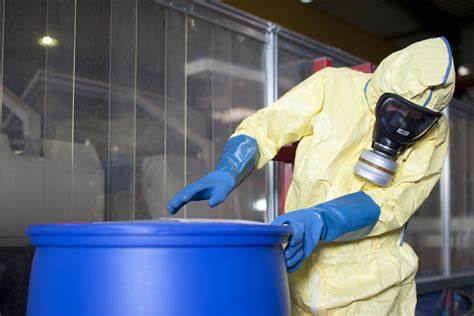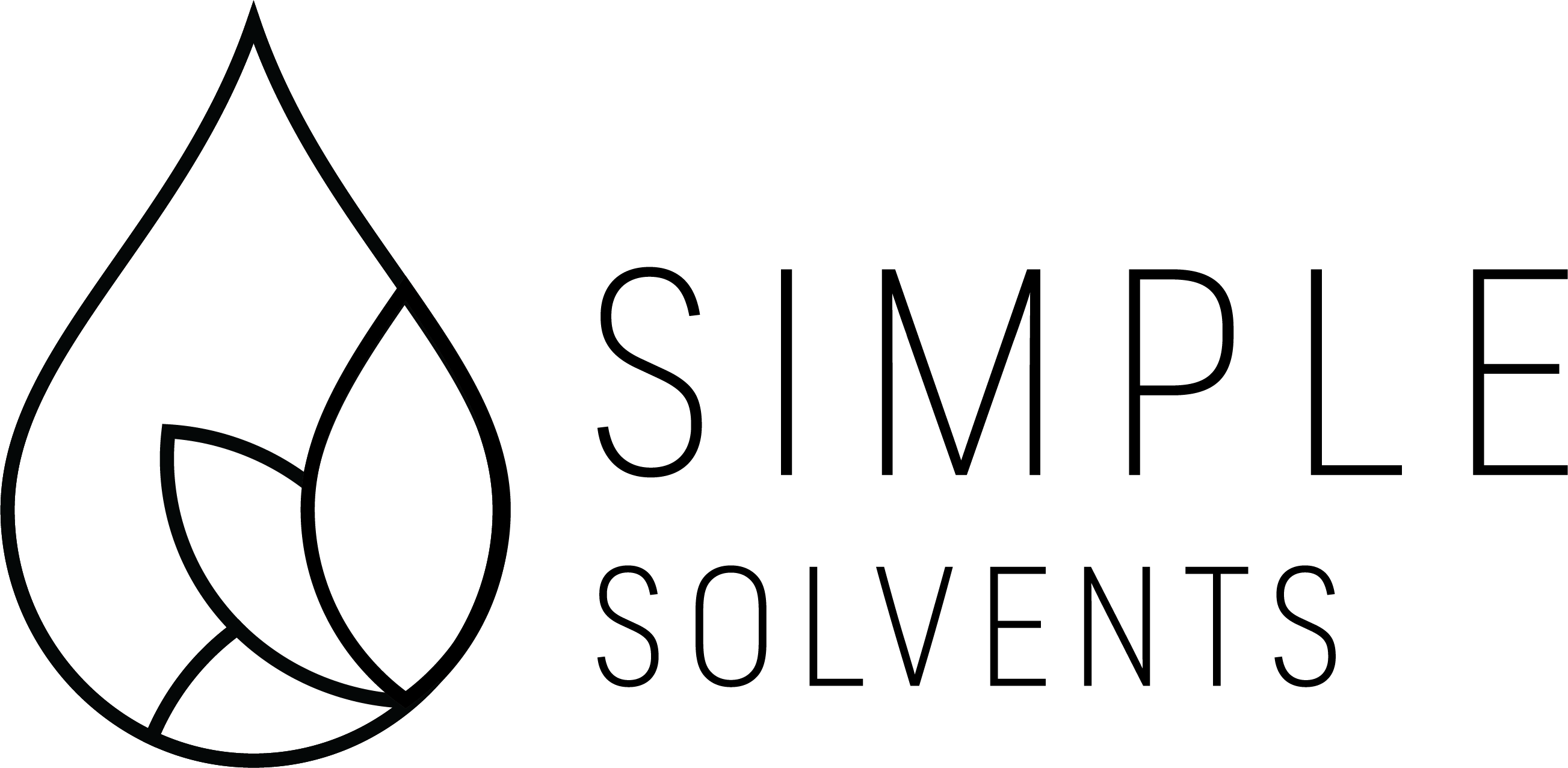
Proper Disposal of Solvents: A Guide to Safe and Responsible Practices
Disposal of solvents plays a crucial role in various industries and applications. They are indispensable in areas such as manufacturing, pharmaceuticals, and even in home projects for hobbyists. However, the improper disposal of solvents can have severe consequences for both human health and the environment. Ensuring that solvents are correctly disposed of can significantly reduce the risk of pollution, contamination, and occupational hazards. There is plenty of equipment available in the market today to help anyone in need of the right equipment.
In this guide to safe and responsible disposal of solvents, we aim to provide you with the essential knowledge you need to manage waste solvents in an environmentally friendly manner, adhering to safety guidelines and regulations. Understanding different types of solvents and the most appropriate disposal methods for each type is crucial in ensuring the well-being of both individuals and ecosystems.
We will start by discussing disposal regulations and compliance requirements to help you stay informed of the best practices and legal considerations surrounding solvent disposal. This information is particularly vital for businesses that generate waste solvents as part of their operations, but it is also essential for individuals who use solvents at home.
We will focus on proper disposal methods for different types of solvents, such as hydrocarbon, oxygenated, halogenated, and other common solvents. We will discuss the waste management hierarchy, outlining methods like recycling, energy recovery, and treatment before final disposal. We will also cover alternative solutions for waste reduction and green disposal practices, aligning with current environmental goals and sustainability initiatives.
We’ll touch upon the importance of training and awareness when it comes to solvent safety and disposal. Companies and individuals should prioritize education and training programs that emphasize the prevention of environmental and health hazards related to the improper disposal of solvents.
By understanding the proper disposal methods for various solvents and following safety guidelines, you can contribute to the creation of a cleaner, safer environment for all. So join us as we delve into the essential facet of solvent use – responsible waste management and disposal. You should require hazardous waste removal training for all staff members.
1. Disposal Regulations and Compliance Requirements
Before diving into the specific disposal methods for various solvents, it’s essential to comprehend the regulations and compliance requirements surrounding solvent disposal. In the United States, the Environmental Protection Agency (EPA) enforces the management of hazardous wastes, including solvents, under the Resource Conservation and Recovery Act (RCRA).
Identification of Hazardous Waste Solvents: The first step towards compliance is identifying whether the waste solvent is hazardous or non-hazardous. This determination is based on factors such as the solvent’s toxicity, ignitability, corrosivity, and reactivity.
- Generator Status and Responsibilities: Once the hazardous nature of the solvent waste has been established, businesses or individuals must determine their generator status, as defined by the RCRA. The three categories of hazardous waste generators Very Small Quantity Generators (VSQGs), Small Quantity Generators (SQGs), and Large Quantity Generators (LQGs) – each have different waste management requirements and responsibilities.
- Recordkeeping, Reporting, and Transportation Requirements: Waste generators must adhere to specific recordkeeping, reporting, and transportation requirements as per the EPA guidelines. This includes maintaining waste manifests, properly labeling waste containers, and using registered transporters to ship waste off-site.
2. Disposal Methods for Different Types of Solvents
When disposing of solvents, it’s critical to utilize proper methods that align with the specific nature of each solvent. Here, we will provide an overview of disposal options for common types of solvents.
- Recycling: Many solvents, especially those that are non-hazardous or used in smaller quantities, are suitable for recycling. Recycled solvents can be repurposed for various applications, reducing both the environmental impact and costs associated with procuring new solvents.
- Energy Recovery: Solvents with high heat values can be used as a supplementary source of energy through the process of energy recovery. Incinerating solvent wastes in specially designed facilities can produce steam or electricity while reducing the waste’s volume and environmental impact.
- Treatment: Some solvents can be treated to remove hazardous constituents before disposing of them safely. Treatment methods include neutralization, precipitation, and stabilization, which aim to convert hazardous solvents into less harmful substances that can be safely disposed of in a landfill.
- Landfill Disposal: In certain cases, landfill disposal may be the last resort for waste solvents that cannot be recycled, recovered, or treated. Properly designed and operated landfills have specific protocols to manage the release of pollutants from solvent waste and minimize the potential harm to human health and the environment.
3. Waste Management Hierarchy and Green Disposal Practices
Following the waste management hierarchy can help businesses and individuals identify methods to reduce waste and implement environmentally friendly disposal practices. The hierarchy emphasizes the reduction, reuse, and recycling of solvents before resorting to energy recovery or landfill disposal.
- Waste Reduction and Reuse: Reducing the amount of solvent waste generated can have a significant impact on both the environment and operational costs. Focusing on equipment maintenance, process optimization, and product substitution can help limit the need for disposal and decrease the overall waste generation.
- Green Solvents: Using green solvents derived from renewable resources and exhibiting low toxicity can contribute to waste reduction and promote sustainability. These solvents can often be recycled or disposed of with fewer environmental hazards than their traditional counterparts.
4. Training and Awareness for Solvent Safety and Disposal
Promoting education and training programs on solvent safety and disposal plays a vital role in ensuring best practices are followed. Companies should invest in training programs that cover aspects such as proper solvent handling and storage, waste management solutions, and regulatory requirements.
Conclusion
Proper disposal of solvents is not only a legal requirement but also an ethical responsibility towards environmental protection and human safety. By understanding and implementing responsible waste management practices, businesses, and individuals can contribute to a cleaner, safer environment for all. Remember to stay informed about the regulations governing solvent disposal, adhere to the waste management hierarchy, and prioritize the use of green solvents whenever possible. In doing so, you will be taking a proactive approach toward environmental stewardship and promoting responsible solvent usage in your industry or hobby.
As a trusted supplier of high-quality solvents, Simple Solvents understands the importance of using only the purest pharmaceutical-grade substances like heptane solvent and many others. With every batch, we provide proof of purity, ensuring that our customers can rely on our products for their operations. Whether you’re a large-scale manufacturer or a home extraction hobbyist, Simple Solvents has got you covered. Check out our products today!
